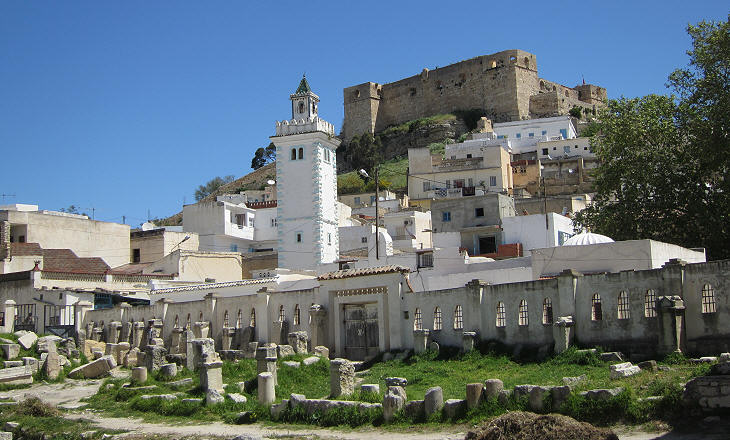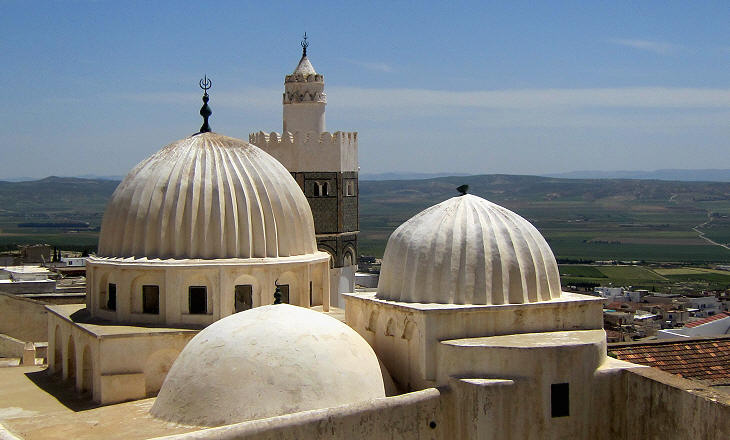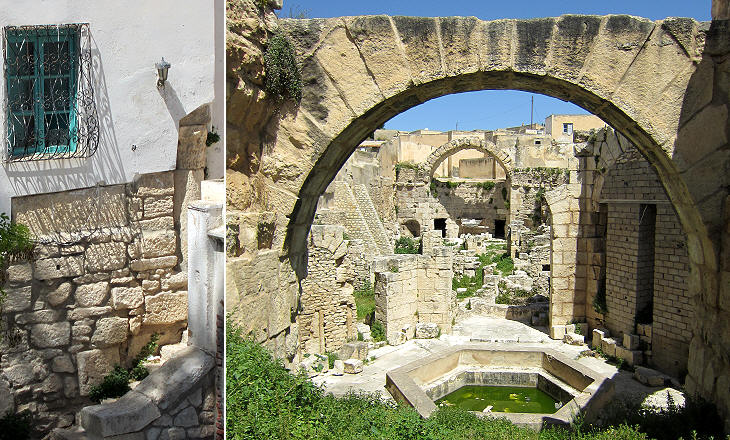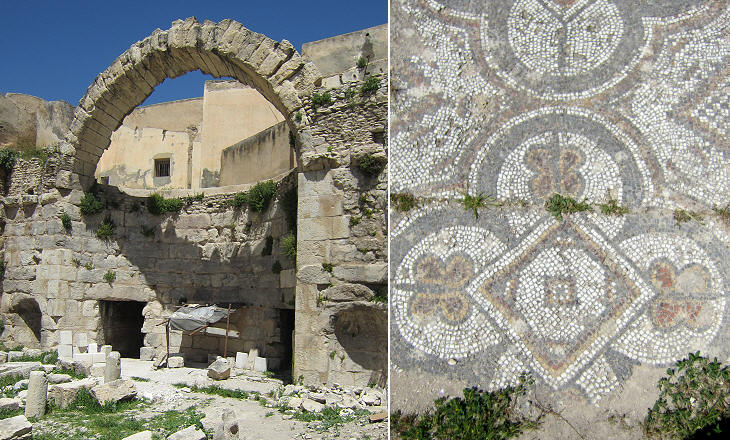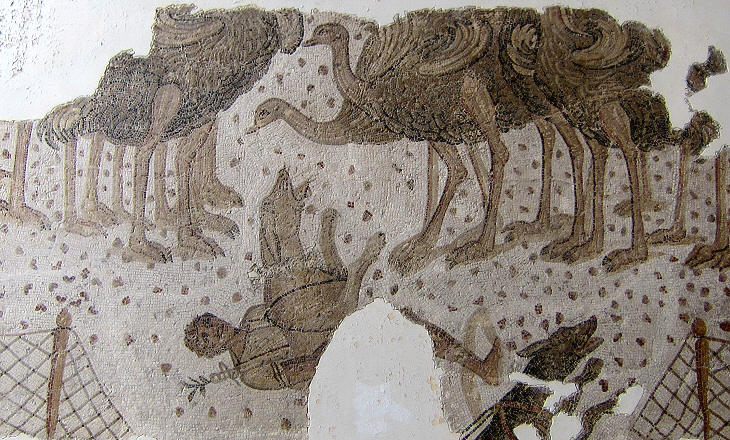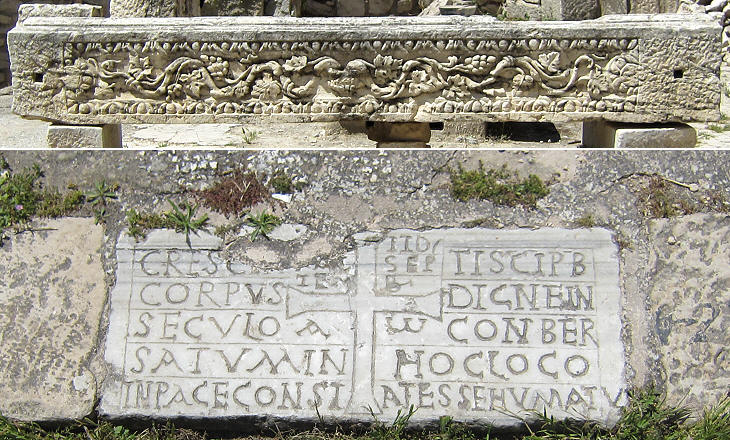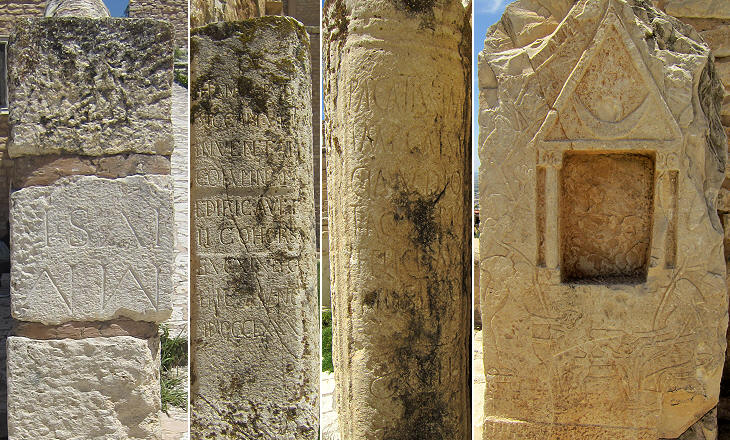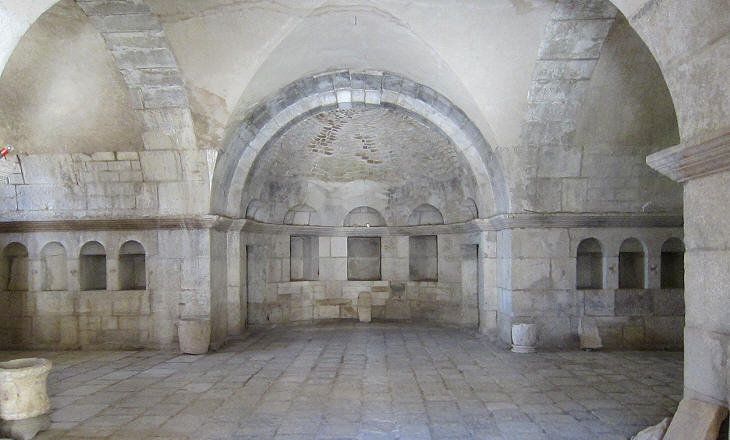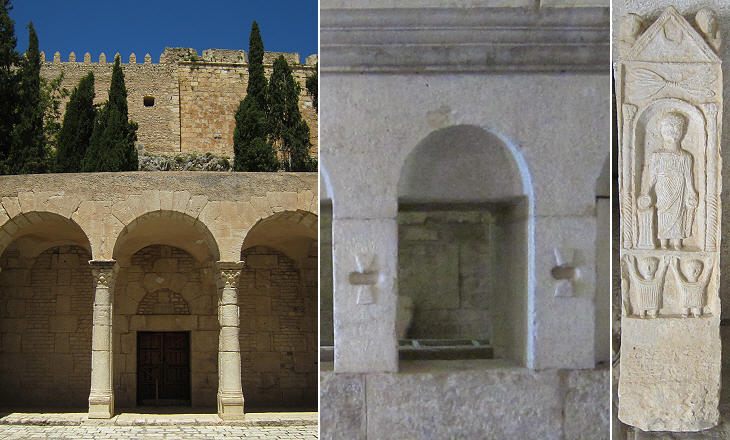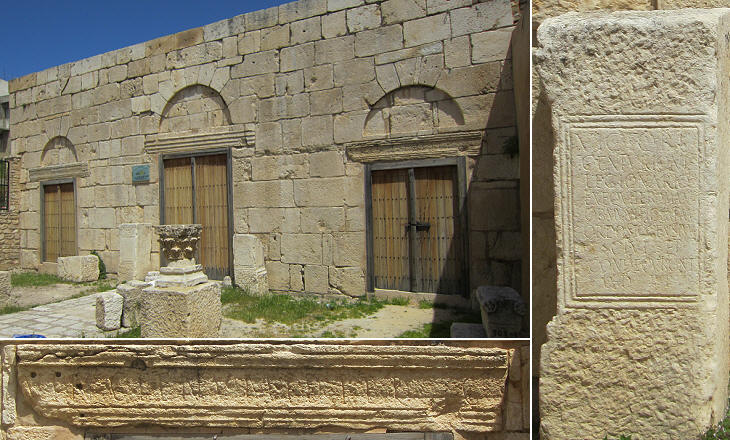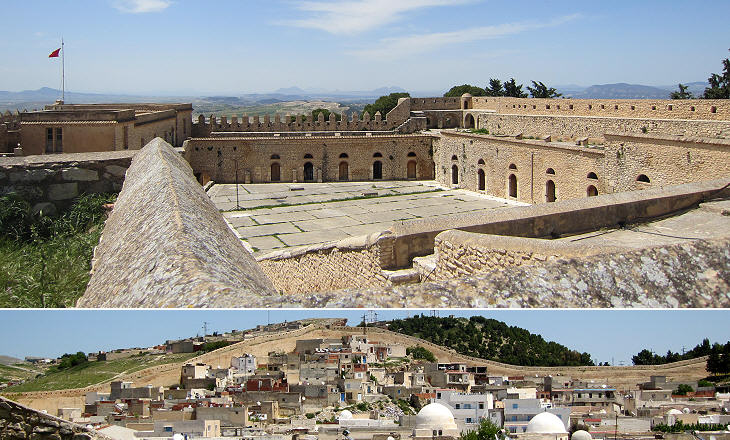  What's New! Detailed Sitemap All images © by Roberto Piperno, owner of the domain. Write to romapip@quipo.it. Text edited by Rosamie Moore. Page added in June 2012. |
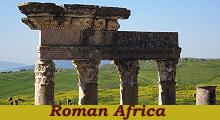 - Sicca Veneria (El-Kef) - Sicca Veneria (El-Kef)(temple at Thugga) El-Kef means "the rock" and is a reference to the fact that the town is perched on a mountain at 2,500 ft (780 m). The locals however refer to it as Chakbanaria, a corruption of Sicca Veneria, its name when it was part of the Roman Empire.
The 1895 Murray Handbook for travellers in Algeria and Tunisia so described El-Kef: The city, as at present existing, is of irregular shape, enclosed by loop- holed walls, and built on the steep slope of a rock. It is a veritable city in the air, a mere excrescence on the rock. The streets are dirty and ill-paved, but owing to its position, and being well supplied with water, the town is easily washed. The rich plains below have contributed to the prosperity of the inhabitants, but at present many dwellings are unoccupied and in ruins. The town is built entirely with the remains of the Roman city, portions of which still lie below the surface. There are many Roman inscriptions built into the walls of Arab houses, and therefore difficult of access.
At the time of the Roman Empire Sicca Veneria controlled the road from Carthage to Theveste (today's Tebessa in Algeria) where Legio III Augusta was stationed. It is located in a region which is a transition from the fertile Mejerda valley to the north and the semi-arid regions of southern Tunisia. Probably in antiquity the region was more verdant than it is today. The economy of Sicca Veneria was based on farming. In addition its female inhabitants relied on the revenues of a shrine to Venus (hence Veneria).
Siccae enim fanum est Veneri, in quod se matronae conferebant atque dei procedentes ad questum, dotis corporis iniuria contrahebant honesta nimirum tam inhonesto vinculo coniugia inuncturae. Valerius Maximus, Factorum et Dictorum memorabilium 2.6.15. "In Sicca in fact there is a temple to Venus, into which respectable ladies used to gather, and so after they had gone forth to enrich themselves they contracted for their dowries by dishonouring their bodies; respectable marriage, then, no wonder (is made) so disreputable by this obligation of the union." Valerius Maximus was a Ist century AD moralist and he did not believe that the women prostituted themselves for the goddess, rather than for the dowry. The site of the Temple to Venus at Sicca has not been identified, but Thomas Shaw in Travels or Observations relating to several parts of Barbary and the Levant (1808) reported that (..) in the late civil wars in levelling an adjacent mound, to find materials for (the fortress), they found an entire statue of Venus; which was no sooner found than it was broken to pieces by these Iconoclasts. The best known shrine to Venus where sacred prostitution was practised was located at Corinth.
The baths and an adjoining series of eleven underground cisterns are the main remaining monument of Sicca Veneria. By wandering about these ruins in April 2012, one could not avoid asking himself whether these mosaics would have been better preserved by remaining inside the Arab houses which were built incorporating the walls of the baths.
Venatio (hunting) was a Roman entertainment based on the slaying of wild animals in an amphitheatre. The fight between a man and a lion is the best known example of venatio, but at Sicca, in the lack of Barbary lions or perhaps because these beasts were reserved to the amphitheatres of Carthage and Rome, the audiences had to content themselves with less expensive animals. The accuracy of the mosaicist in the depiction of the ostriches indicates that the habitat of these animals encompassed most of Tunisia and Algeria, whereas today they can be found only in the southern part of Algeria.
The presence of a Christian necropolis in the presumable gardens of the baths shows that in the Vth or VIth century the population and wealth of Sicca Veneria were greatly reduced. The quality of the inscription is another indicator of the decadence of the town.
Thomas Shaw reported that a statue of Venus was smahed to pieces, but the iconoclast fury spared many ancient inscriptions. The French, during their protectorate over Tunisia (1881-1956), gathered several inscriptions and reliefs in the Kasbah, the fortress at the top of the town which has become a sort of small open air museum.
Some late antiquity monuments were turned into mosques when the Arabs conquered the town in the late VIIth century. Jamaa means Friday in Arabic, so Jamaa El-Kebir was the Friday Mosque of Chakbanaria, where all male adults gathered for the Friday noon prayer. It incorporated a IVth century square building the purpose of which is still unclear; in particular its niches puzzle archaeologists.
Today the building is no longer a mosque and it houses events of a local festival, in addition to being used as a storeroom for some ancient gravestones. The holes at the sides of the niches are similar to that found outside the theatre of Bulla Regia, but while the latter was probably used to tie horses it is unlikely the same occurred at Jamaa El-Kebir.
A church dedicated to St. Peter was turned into a mosque by the Arabs. It reverted to being used as a church during the French Protectorate. It was probably built in the Vth century on the site of the Capitolium, a temple to Jupiter, Juno and Minerva which many towns of Africa erected as a sign of their loyalty to Rome, because the three gods were worshipped in a great temple on the Capitolium hill in Rome (you may wish to see the Capitolium of Sufetula with three separate temples - it opens in a separate window).
The Kasbah was built in 1612 on the site of a previous Byzantine fortress. It was modified in 1679 and again at the beginning of the XIXth century. The complex is actually made up of two almost separate fortresses. The construction of such a huge fortification was due to the rivalry between the pachas of Tunis and Algiers.
During the first half of the XVIth century the Spaniards conquered several ports along the coast of North Africa, including Tunis and Tripoli. The local rulers and in particular Hayruddin Barbarossa (red beard) sought the help of the Ottomans. Eventually they acknowledged the sovereignty of the Sultan, but as a matter of fact local dynasties continued to rule today's Tunisia and Algeria. In 1756 the Algerians conquered the fortress and plundered El-Kef and then they went on to capture Tunis after a siege which lasted two months.
Move to: Introductory Page Bulla Regia Carthago Mactaris Musti Neapolis Simitthus Sufetula Thuburbo Majus Thugga Thysdrus Uthina Utica Ziqua Mosaics in the Museum of Bardo  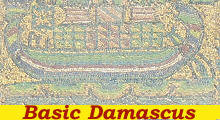  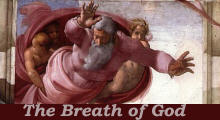
|
